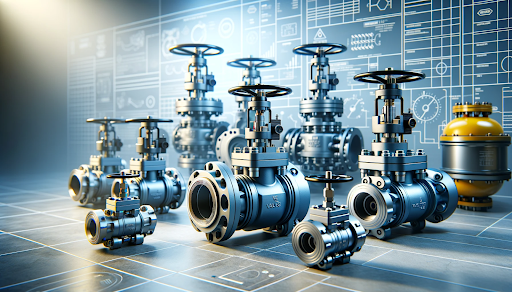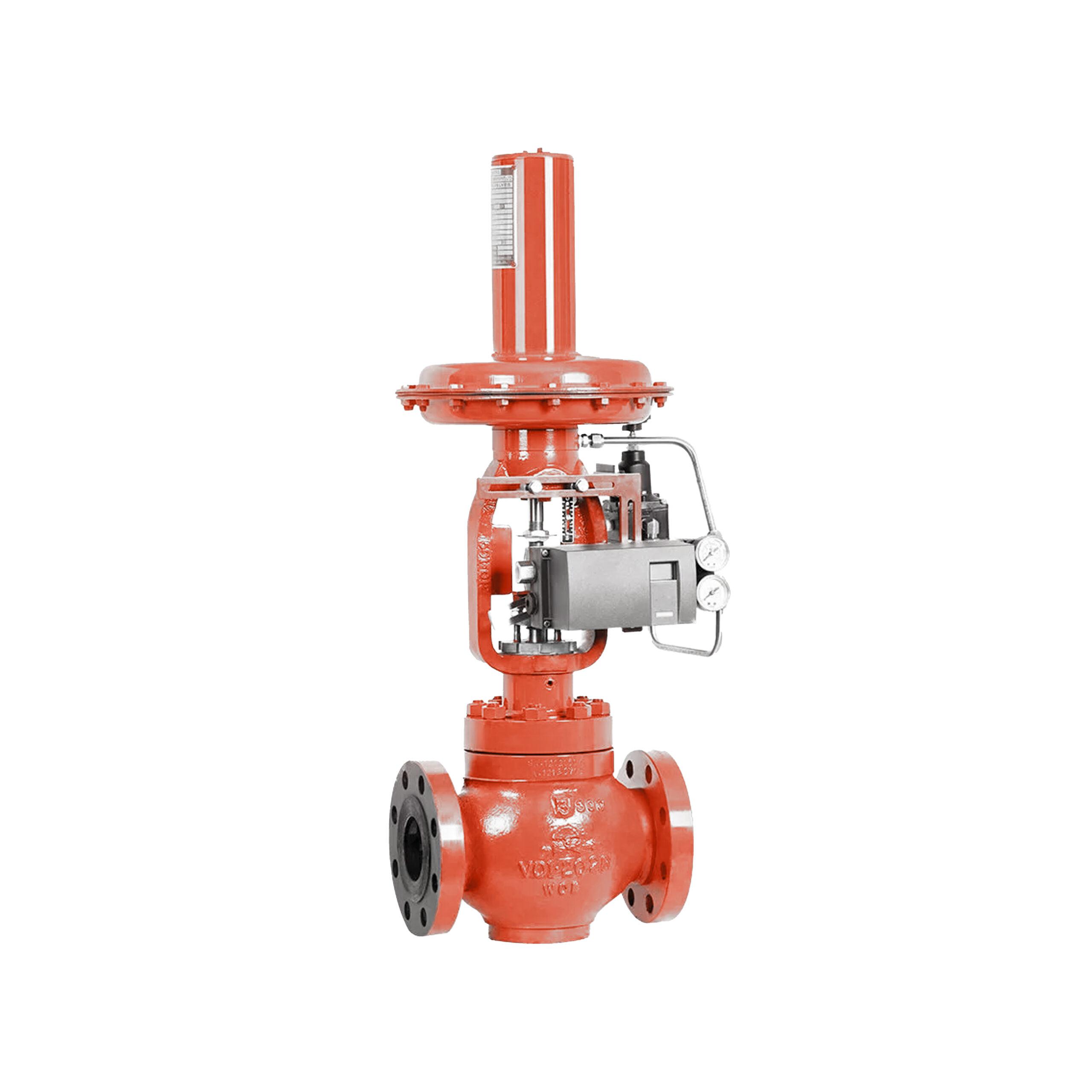Essential Factors to Consider When Selecting Control Valves
Essential Factors to Consider When Selecting Control Valves
Blog Article

Maximize Energy Cost Savings and Comfort With Advanced Building Automation Controls
In the world of contemporary style and facility management, the assimilation of advanced building automation regulates stands as a pivotal improvement. By harnessing the power of automation, buildings can adapt, respond, and develop in means that were once unbelievable.
Energy Performance Advantages
Energy efficiency benefits can significantly minimize power intake and functional costs in buildings. By applying energy-efficient practices and modern technologies, structure proprietors and operators can attain substantial savings while also contributing to ecological sustainability. Among the primary advantages of improving power efficiency in buildings is the reduction of utility costs. Energy-efficient systems, such as sophisticated building automation controls, can optimize the use of resources like lighting, air conditioning, and home heating, bring about reduced power costs gradually.
Additionally, enhanced power effectiveness can prolong the life-span of structure tools and systems. By operating much more effectively, cooling and heating systems, light, and other structure elements experience much less wear and tear, resulting in lowered maintenance and substitute costs. In addition, energy-efficient buildings typically regulate higher property values and rental prices, providing long-term monetary advantages to proprietors.
Additionally, energy performance can enhance resident convenience and productivity. Effectively managed interior environments with optimum illumination and thermal problems develop a more favorable and pleasurable work space, leading to improved worker satisfaction and performance. In general, the power efficiency benefits associated with sophisticated building automation controls are diverse, including expense financial savings, environmental stewardship, and occupant well-being.
Enhanced Convenience Control
Enhancing comfort control in building settings requires an advanced integration of innovative automation systems for ideal occupant health. By utilizing innovative structure automation controls, centers can customize the indoor atmosphere to fulfill the details requirements and choices of residents. control valves.
Enhanced comfort control goes beyond fundamental temperature changes. It consists of attributes such as individualized setups, occupancy sensors, and all-natural light utilization to produce a responsive and dynamic setting. By incorporating these sophisticated controls, structures can not only improve convenience but likewise boost energy effectiveness by maximizing system procedures based on actual occupancy and use patterns. Ultimately, prioritizing resident comfort through sophisticated automation systems causes an extra delightful and healthier indoor atmosphere.
Operational Effectiveness Improvements

In addition, the application of real-time monitoring and analytics devices enables structure operators to recognize energy see it here inadequacies and operational abnormalities without delay. By constantly keeping track of energy use patterns and system efficiency metrics, modifications can be made in real-time to maximize energy usage and make certain peak functional efficiency. control valves. In addition, integrating need feedback approaches into structure automation controls can further improve operational effectiveness by dynamically changing energy usage based upon grid problems and rates signals
Indoor Climate Optimization
Effective interior environment optimization is an essential element of structure automation controls, guaranteeing occupants' convenience and health while optimizing power savings. By using advanced sensors and controls, developing automation systems can constantly change and keep an eye on temperature level, moisture degrees, air top quality, and ventilation to create an ideal indoor atmosphere. Preserving regular and comfy conditions not only improves resident fulfillment but additionally boosts productivity and overall well-being.
Interior environment optimization additionally plays a vital duty in power effectiveness. By fine-tuning home heating, ventilation, and cooling systems based on real-time data and occupancy patterns, constructing automation controls can significantly minimize power usage - control valves. Implementing strategies such as demand-controlled ventilation and thermal zoning can aid lessen energy waste while ensuring that each area of the structure receives the essential conditioning.

Lasting Atmosphere Development
Structure automation manages not just enhance indoor climate problems for energy efficiency and passenger comfort however also lay the structure for creating a lasting setting with critical administration of resources and systems. By incorporating advanced structure automation technologies, such as sensing units, actuators, and intelligent software program, facilities can change and check energy usage in real-time to lessen waste and minimize their carbon footprint. These systems allow anticipating maintenance, recognizing possible issues before they rise and optimizing equipment performance to improve longevity and efficiency.
Additionally, lasting setting creation expands beyond energy management to include water conservation, waste reduction, and interior air top quality renovation. Structure automation controls can manage water use, discover leakages, and make certain proper waste disposal practices, contributing to overall sustainability efforts. Furthermore, by keeping an eye on and regulating air flow and purification systems, these modern technologies boost occupant health and productivity while decreasing energy intake connected with a/c procedures.
Final Thought
In final thought, advanced building automation controls offer significant benefits in regards to power cost savings, convenience control, operational efficiency, interior climate optimization, and creating a sustainable environment. By executing these controls, structures can attain ideal performance while reducing power usage and improving occupant convenience. It appears that using sophisticated automation innovation is essential in boosting structure performance and creating an extra sustainable future.
Power effectiveness benefits can dramatically lower energy intake and operational prices in structures. In general, the power effectiveness advantages connected with innovative structure automation controls are complex, encompassing price savings, environmental stewardship, and owner well-being.
In addition, incorporating need action methods right into their website building automation controls can better enhance functional efficiency by dynamically changing energy use based on grid problems and rates signals.
Structure automation regulates not just optimize indoor climate problems for power effectiveness and owner comfort but additionally lay the structure for developing a sustainable setting via tactical management of sources and systems.In verdict, progressed building automation controls deal substantial benefits in terms of energy savings, convenience control, functional effectiveness, indoor environment optimization, and producing a sustainable environment.
Report this page